Discovering the Loire Valley Castles
Wandering through the Loire Valley castles, those “Châteaux de la Loire” the French speak of with a certain pride, feels less like ticking off monuments and more like flipping through a storybook. Some pages are gilded, others worn at the edges. All of them layered with centuries.
Often called the “Valley of the Kings,” the region is no stranger to grandeur. Towers rise behind riverside vineyards, stone staircases wind up to quiet chapels, and carved ceilings still echo with ambition. This stretch of France carries the weight of royalty and the fingerprints of Renaissance architects who clearly didn’t believe in restraint.
There isn’t one single way to visit. Some gravitate toward the famous names, castles everyone seems to recognize instantly. Others drift to quieter estates, hidden behind forests or beside sleepy villages. Guided tours open certain doors, while independent visits leave room to pause, wander, and notice details others might pass by.
Curious about the best way to plan it all? Speaking with one of the tour guides for the Centre-Val de Loire region can make all the difference. They know the corners most visitors never see.

Visit Loire Valley Castles in two days
Two days isn’t much. Still, it’s enough to trace a path through some of the Loire Valley’s most emblematic châteaux. Start with Château de Chambord—massive, ornate, impossible to take in all at once. The slate towers seem to twist upward, and somewhere inside that dizzying double helix of staircases, the Renaissance still lingers.
Then there’s Château de Chenonceau, light as a bridge over the Cher River. Known as the “Château des Dames,” it’s all elegance—arched galleries above water, rooms softened by tapestries, gardens that quietly unfold in every direction.
From there, head toward Château d’Amboise. The past feels heavier here. Leonardo da Vinci is buried nearby, and the stone walls seem to remember more than they reveal. The view from the ramparts stretches far, past rooftops and river bends.
End the route with Château d’Azay-le-Rideau. It rises from the Indre like a reflection—graceful, compact, surrounded by still water and manicured lawns. There’s less grandeur, more subtlety. And somehow, that’s just as moving.
Take your time at castles in the Loire Valley
No rush. Some castles deserve slowness. Start at Château de Villandry, where geometry meets color. Its terraced gardens are designed with a precision that borders on obsession. But walk them slowly. Let the rhythm of hedges and fountains pull you in.
At Château de Cheverny, time softens. The rooms remain furnished, lit as if someone just stepped out. Art lines the walls, and outside, the hunting dogs stir—fed daily at 11:30 in their own stone kennel.
Then comes Château de Langeais, solid and medieval, with towers that seem built to hold silence. Sometimes there’s a reenactment—a wedding from another century played out in costume. It’s strangely moving, even for skeptics.
Round off the day at the Château de Blois. A puzzle of styles, added one century at a time. Staircases twist, facades clash, and inside, echoes of kings and queens shift from one wing to the next. Somewhere in its chambers, Joan of Arc is said to have stayed.
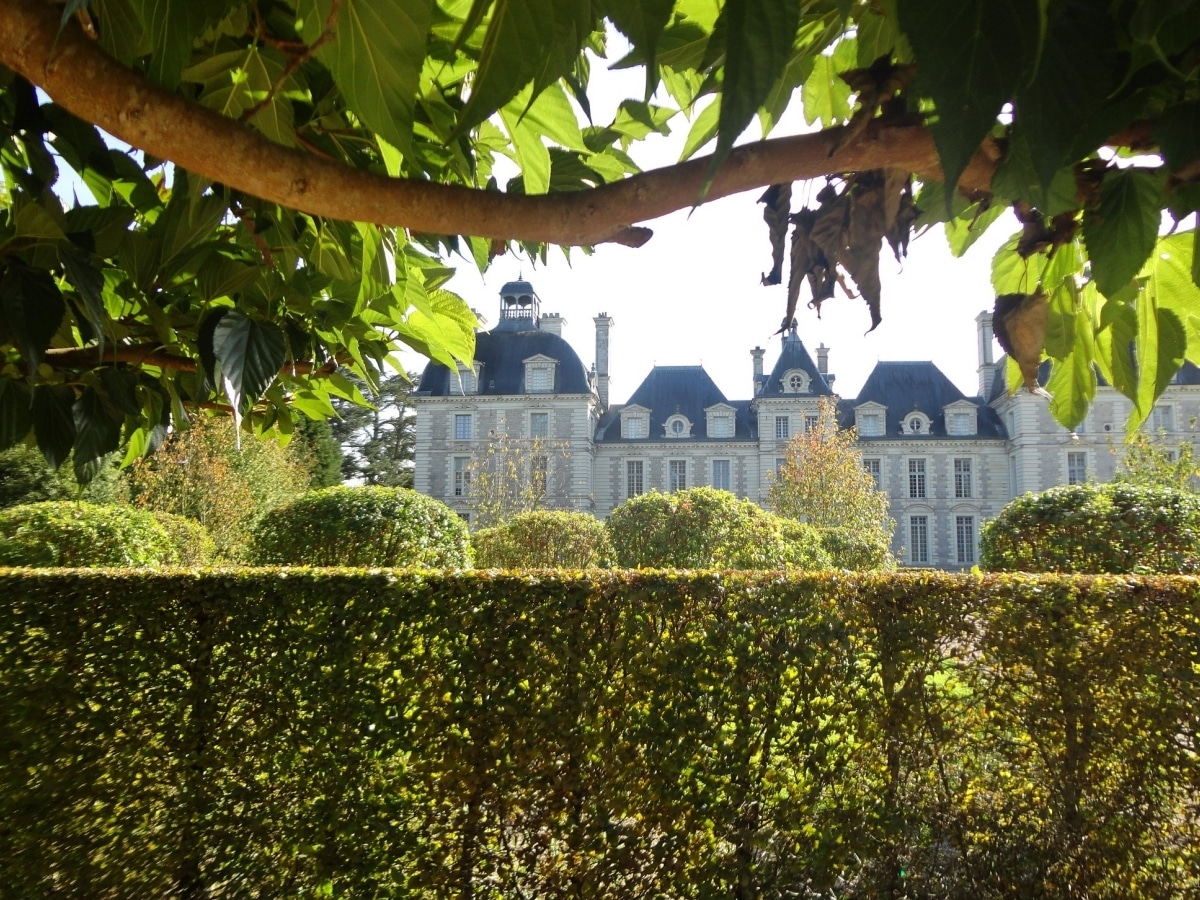
Castles of the Loire Valley by bike
For those who prefer handlebars over car seats, the Loire Valley offers a rhythm of its own. Cycle paths trace the river, passing vineyards, stone bridges, and castle gates.
Begin with Château de Chaumont-sur-Loire. Perched above the water, it seems slightly removed from time. The view alone makes the climb worthwhile.
Ride on toward Amboise. The road curves through fields and villages, sometimes shaded, sometimes not. Once in town, the bike feels like the best way to explore—narrow lanes, half-timbered houses, corners full of life.
Then there’s Château de Saumur. Built high above the river, it overlooks both land and water. Inside, echoes of its military past remain. Outside, cafés fill with conversation as the sun drops.
End the ride at Château de Langeais. The river keeps close company along the way. Villages pass by quietly. The castle stands firm, almost waiting.
Loire Valley Castles Off the Beaten Path
Some castles don’t make the brochures—and maybe that’s why they stay with you.
Château de Brézé, near Saumur, appears modest from a distance. But below ground, things change. Entire rooms, carved into the rock. Kitchens, stables, passageways—all hidden in the earth. It’s strange, slightly surreal.
At Château de Talcy, things slow down. A Renaissance building surrounded by trees, water, and silence. The rooms are detailed, delicate. The gardens? More Italian than French, designed for walking, not just looking.
Then there’s Château de Gien. Sitting by the river, it’s home to a museum dedicated to faience and hunting—an odd pairing that somehow works. The view from the ramparts stretches far, quiet and unhurried.
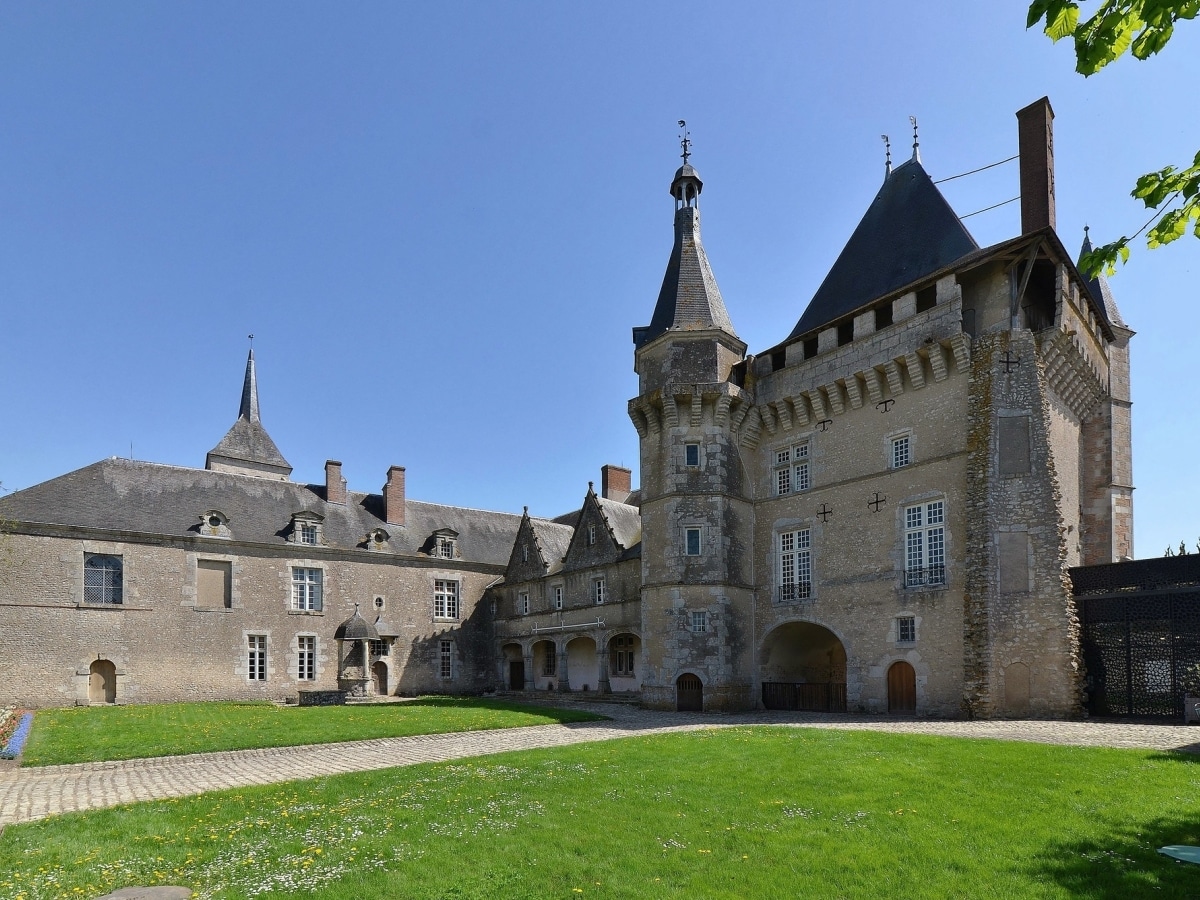
What to see around the Châteaux de la Loire
Beyond the castles, the Loire Valley offers more than enough reasons to linger.
The city of Tours moves at its own pace. In the old quarter, stone buildings lean close, and stained glass casts colored light inside Saint-Gatien Cathedral. Cafés spill onto cobbled streets. It doesn’t try to impress—it just is.
Then there’s Candes-Saint-Martin. A hillside village with houses cut into rock and a view where two rivers meet. It’s been called one of France’s most beautiful villages, though that title hardly captures the quiet charm of the place.
And in between, vineyards stretch toward the horizon. Chinon, Vouvray—the names carry weight for wine lovers. Tastings are easy to find. But some of the best bottles come from small producers whose signs are barely visible from the road.
There’s history here, yes. But also something lighter. Slower. The kind of beauty that doesn’t need an explanation.
Top places to sleep and eat on the tour
Some days end without warning. After hours spent walking stone corridors, glancing up at ceilings you can’t quite make sense of, a place to rest matters more than expected. In Langeais, there’s the Hôtel Grand Saint-Michel. It doesn’t try too hard—just a few quiet rooms, a warm hello, the kind of breakfast where the jam tastes homemade, even if it’s not. Further off, in Onzain, the Domaine des Hauts de Loire changes the mood entirely. Large grounds. Birds you notice in the morning. A restaurant where time doesn’t press. One dish leads to another. Not rushed, not loud. For something less formal, Au Chapeau Rouge in Chinon does the job. It’s not a secret. Locals know it. The dishes lean into the region—rich, unfussy, generous. Sometimes that’s all that’s needed. A chair, a good bottle, and no expectations.
The châteaux? Yes, they’re impressive. Towers, staircases, portraits staring from the past. But between them—something softer. A garden where nothing moves. A shaded bench. A village café with chipped paint and chairs that scrape when they slide. That’s the rhythm here. Not slow, exactly. Just… less urgent. You might do a dozen visits, or two. Doesn’t matter. What lingers isn’t always on the map. Sometimes it’s the moment after lunch, when nobody talks, and the air is still. Or the way the sky goes pale before dusk. Small things. They add up quietly.
FAQ - Frequently asked questions about the Loire castles
What are the must-see Loire Valley castels?
With over 50 châteaux scattered along the river, deciding where to go can be overwhelming. Here’s a shortlist of eight that tell the story best—through their stones, their stories, and the landscapes that frame them:
- Château de Chambord – Enormous, ambitious, full of strange geometry. Its 426 rooms, the double-helix staircase, and a design possibly touched by Leonardo da Vinci make it a place you won’t forget easily.
- Château de Chenonceau – Stretching across the Cher River, this château owes much of its grace to the women who shaped it. Galleries over water, carefully tended gardens—elegant without being cold.
- Château de Villandry – Known for its gardens more than its walls. Symmetry, color, detail. A living artwork where you walk through pattern and scent.
- Château d’Amboise – Rising above the Loire, it served as a royal residence and holds the tomb of Leonardo da Vinci. History isn’t just written here—it lingers in every corner.
- Château d’Azay-le-Rideau – Small, refined, almost floating on the Indre River. The setting is serene, the atmosphere softer than most.
- Château de Blois – A patchwork of centuries. Medieval, Gothic, Renaissance, Classical—each wing tells a different chapter of France’s turbulent past.
- Château de Chaumont-sur-Loire – Dramatic above the river, now turned toward contemporary art. Its Garden Festival transforms the grounds into a seasonal display of living design.
- Château de Saumur – A castle that looks straight out of a storybook. Its past spans fortress, residence, and prison. Today it houses collections worth lingering over.
Which Loire castles are free?
Traveling on a budget? A few châteaux open their gates without asking for a ticket—either always, or on special occasions. Here are a few tips to keep in mind:
- Château de Blois – Free for visitors under 18, and for EU residents under 26. The surrounding gardens are always open to wander.
- Château de Chambord Park – The 5,000-hectare park can be explored freely. Forest paths, open spaces, and quiet views. You’ll only need a ticket if you want to step inside the château itself.
- Château de Chaumont-sur-Loire – During the International Garden Festival, many of the outdoor areas remain open to all. A nice way to glimpse the atmosphere without a formal visit.
💡 Tip: The European Heritage Days in September offer free access to many castles, even those that usually require tickets. A perfect excuse to visit without checking your wallet.
Can you sleep in a Loire château?
Yes—and it’s exactly as dreamy as it sounds. Several historic castles have been transformed into places you can actually stay the night. Some elegant, some rural, all memorable.
- Château de Pray (near Amboise) – A 4-star stay with a gourmet table and parkland that invites a walk after dinner.
- Château de la Bourdaisière – Halfway between Tours and Amboise. Known for its gardens—and its astonishing tomato conservatory. Charming in a slightly eccentric way.
- Château des Arpentis – Tucked into nature, quiet and understated. Rooms with space, grounds with silence. Perfect for unplugging.
- Château de Noizay – Between Amboise and Vouvray, this 16th-century château balances heritage and comfort. Pool, terrace, fine dining—yet still feels personal.
- Château de Rochecotte – Once home to the Duchess of Dino. Now a refined stay with sweeping views, clipped gardens, and a restaurant that pairs history with modern flair.
Spending the night in a château adds something else entirely to a trip—less sightseeing, more inhabiting the history. It’s not about luxury alone. It’s about rhythm. The creak of a stair, the view from an old window, the quiet between moments.

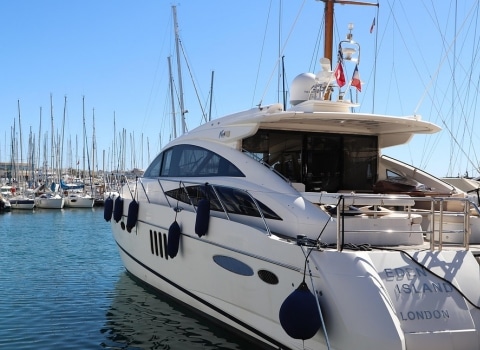
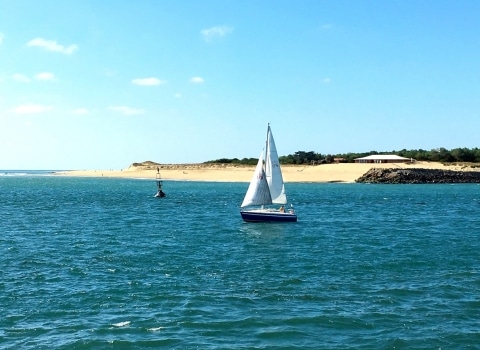
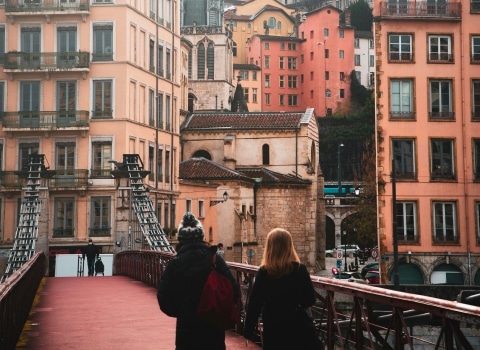
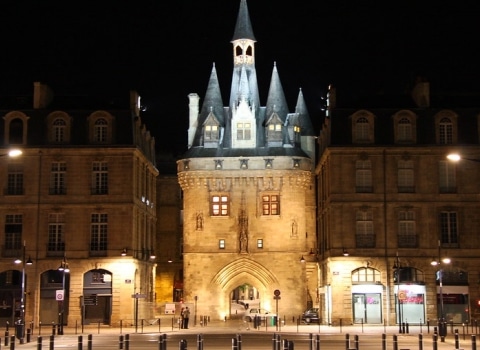
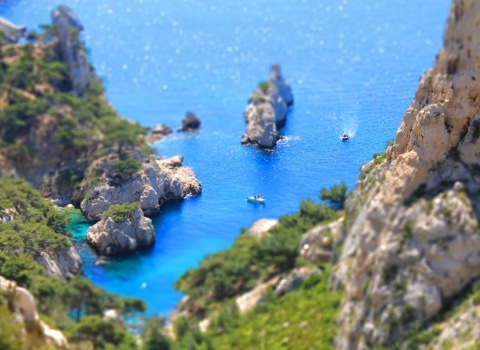
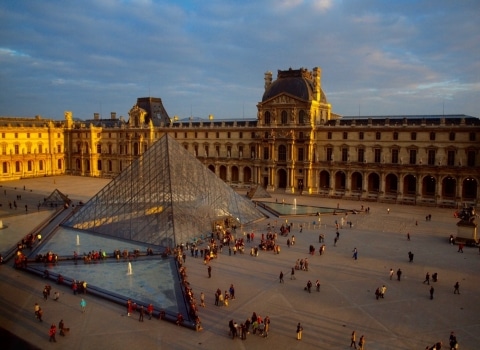


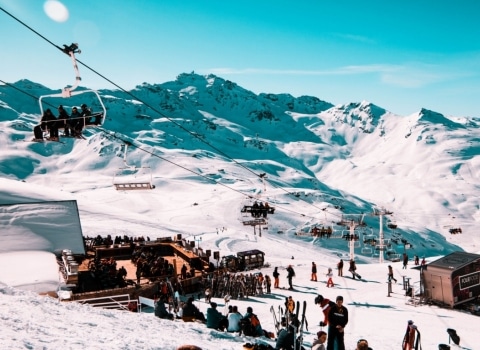
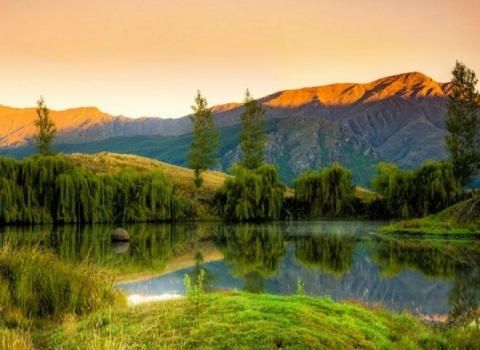
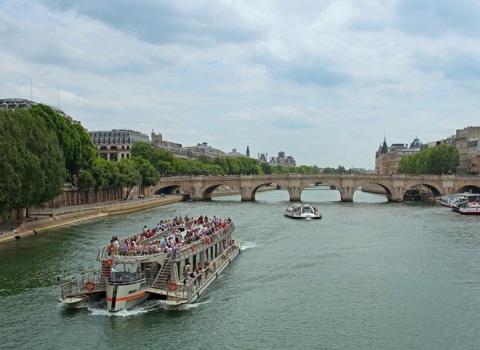
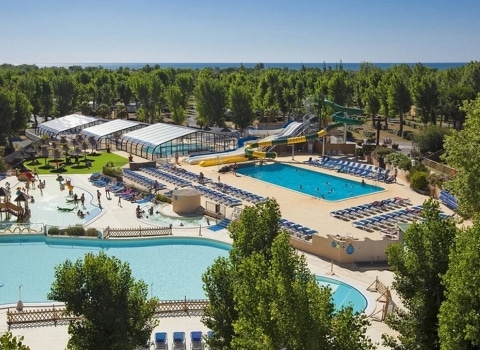
One Response
I’m so grateful for your insightful post on Châteaux de la Loire. I love how you highlight cultural experiences and local interactions, it’s these kinds of details that really enrich a travel experience. Thank you and Saludos from Cusco!